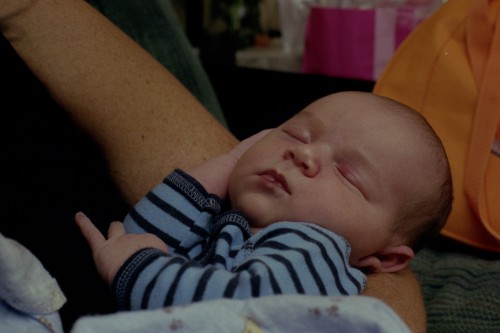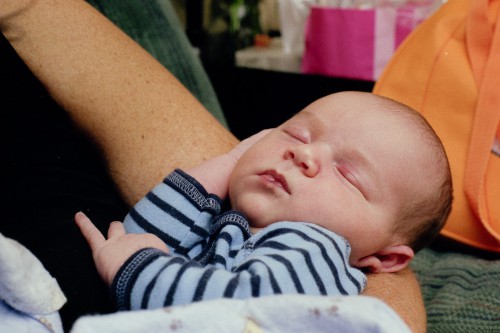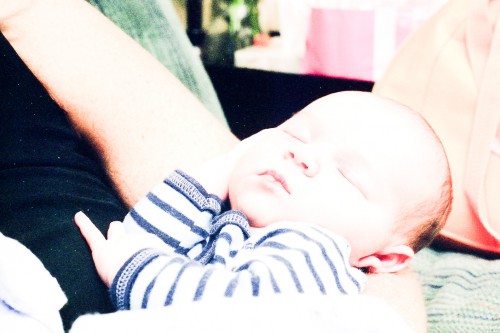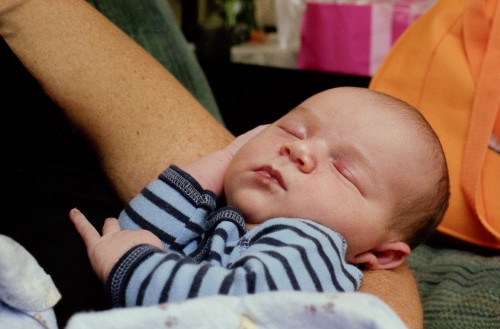I don’t do a whole lot of color shooting, in fact most of what I do in that regard is strictly of the family snapshot variety and occasionally grabbing a shot of something which just suits color better.
In truth, this is the sort of shooting which would be ideally suited to digital but right now I generally use the family SLR (a Minolta Maxxum 5000AF) for it. It’s a lightweight, auto focus, auto exposure, motor driven camera. With a 35-70, 100-200 and a “nifty fifty”, plus both the small flash unit (1800AF) and the recent addition of the big gun of the lineup (4000AF) offering TTL flash exposure it has the bases well covered for that type of shooting.
This lets me keep the Canon F-1 loaded with black and white film, without having to swap around rolls.
The last roll of color film I shot was Fuji Superia Xtra 400, available in all kinds of places. It looks great scanned and should print to huge sizes without much problem.
The thing I like most of all about this film, though (and color neg in general), is the exposure latitude. That last roll had a great many bounce flash shots which were underexposed by 1-1/2 to 2-1/2 stops (Sunpak auto-thyristor flash on Canon F-1 for this roll, not the TTL-equipped Minolta rig). Any number of things could have caused this, but the point is that I was able to get good images even then.
My scanning is standardized for color work. I have preset Vuescan configurations with film base color, exposure etc. locked in so that a well-exposed negative of a sunlit (or electronic flash-lit) scene will render well-exposed and properly color balanced. I scan as 16-bit TIFF to allow plenty of wiggle room for exposure and white balance adjustments.
And wiggle, I can! Take a look at this example, as scanned. Hah, fooled you, auto thyristor flash!
About a stop and a half underdone, as demonstrated by pushing the ACR exposure slider on the TIFF by about that much, leading to this:
Yeah, that’ll work. Colors remain where I want them, grain is good too (even on 100% zoom on the original scan). But how far can I push it, how much detail is there hidden away in those dark corners? Let’s goose the exposure all the way over, turn the contrast curve up to 11 and see what emerges out of the shadows!
Wow, tonal detail in that dark area in bottom left. And green speckly scanner noise. I don’t recommend this. But there is some tonal information hiding in there if you want it.
But wait, there’s more! What if I tackle this specific frame with scanning settings tailored toward an underexposed negative?
Honestly? I don’t see much difference in any way that matters. Either way, I get a very usable result! Yes, cranking the exposure up reveals less scanner noise in the dark areas, but it’s not like I was going digging for detail in those anyway.



